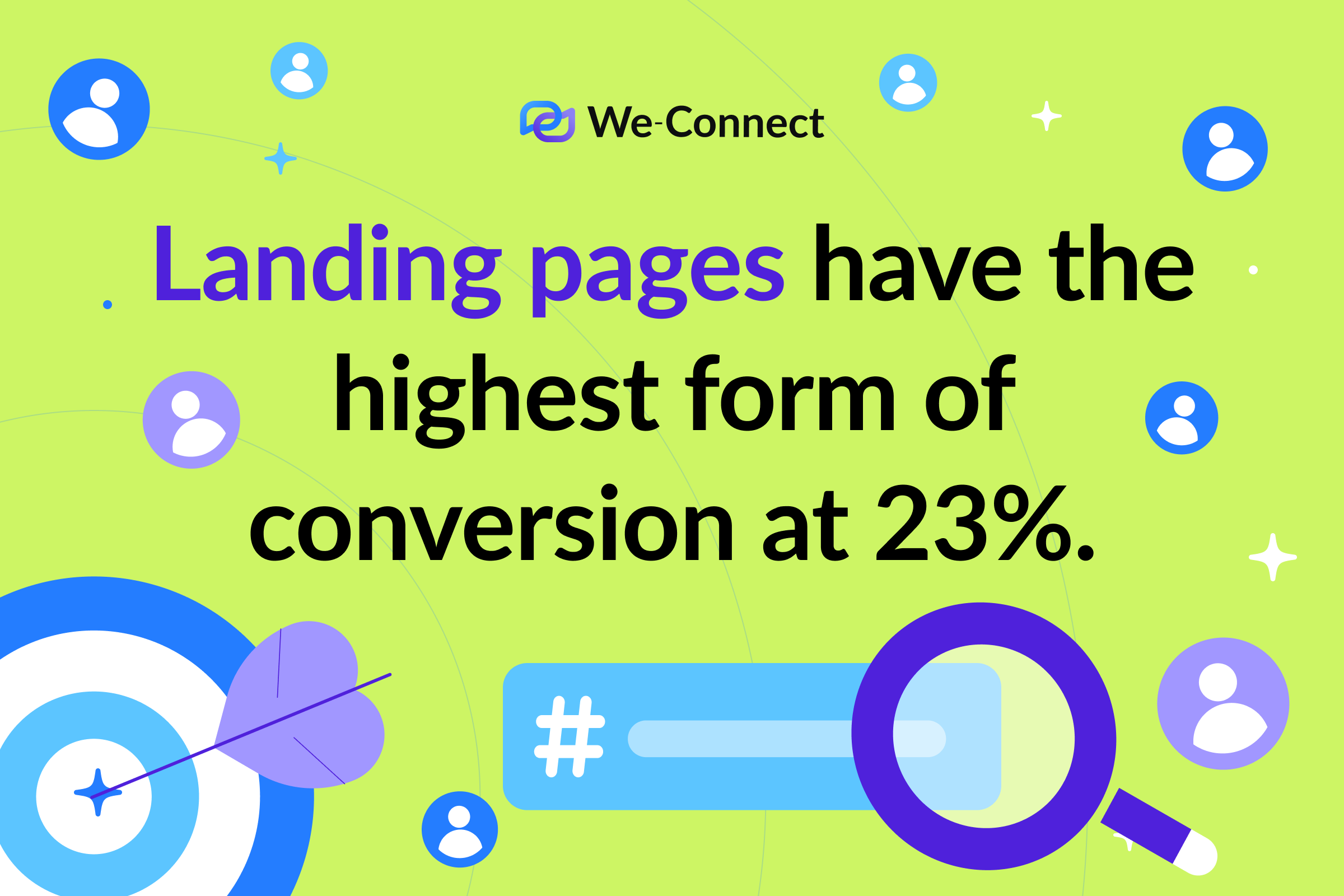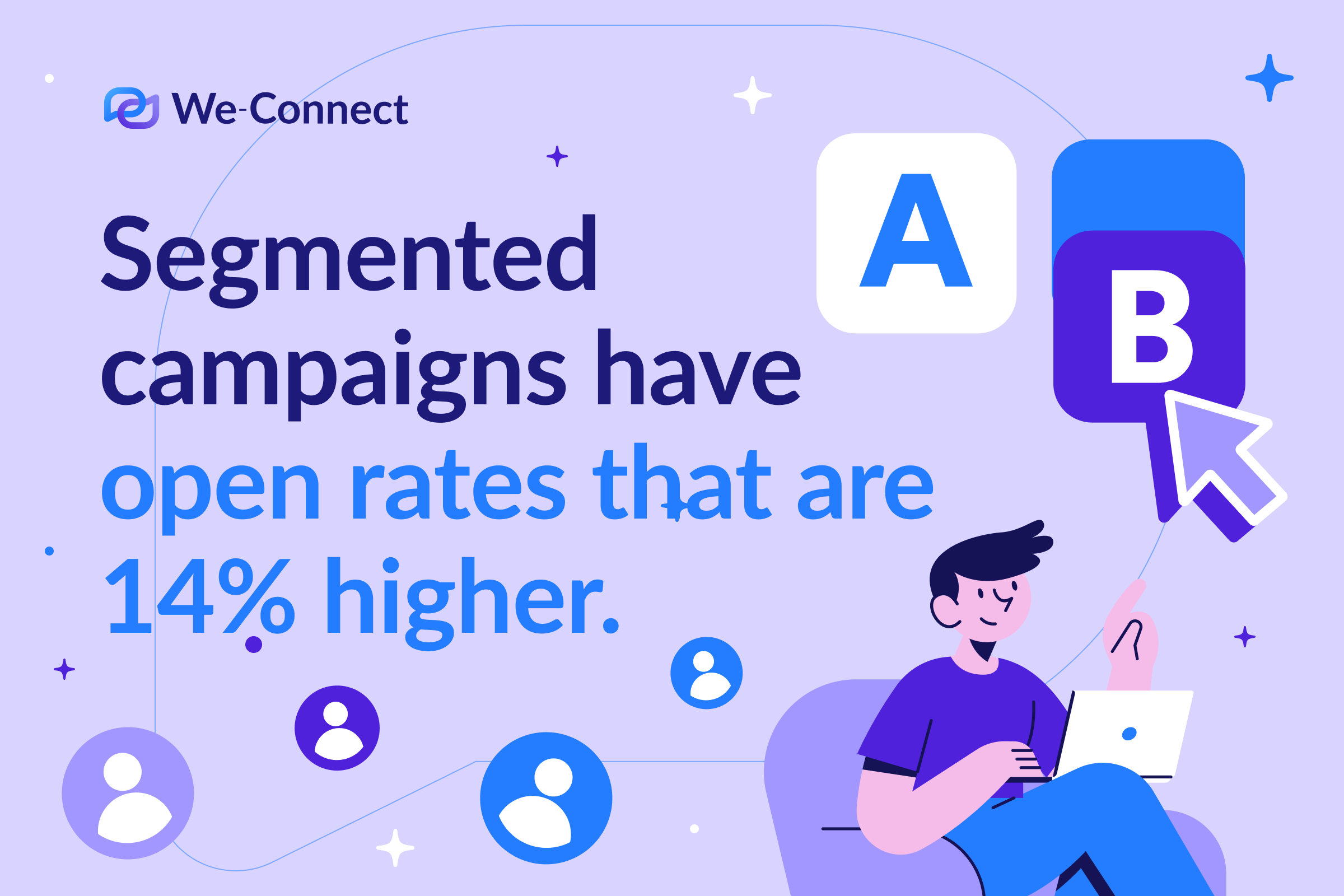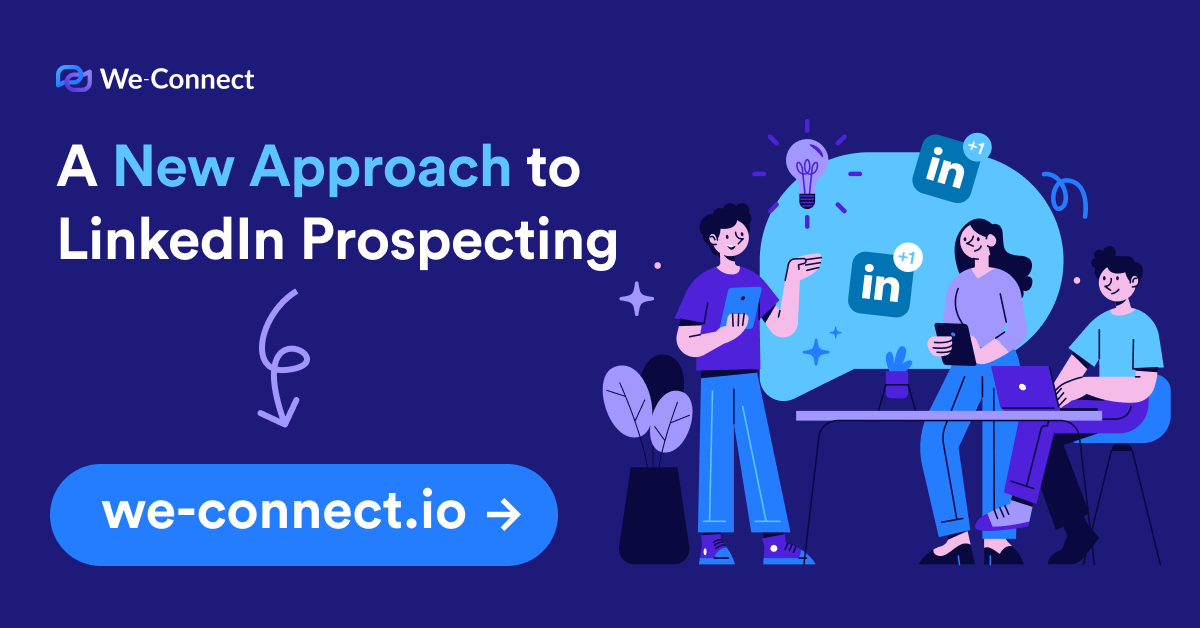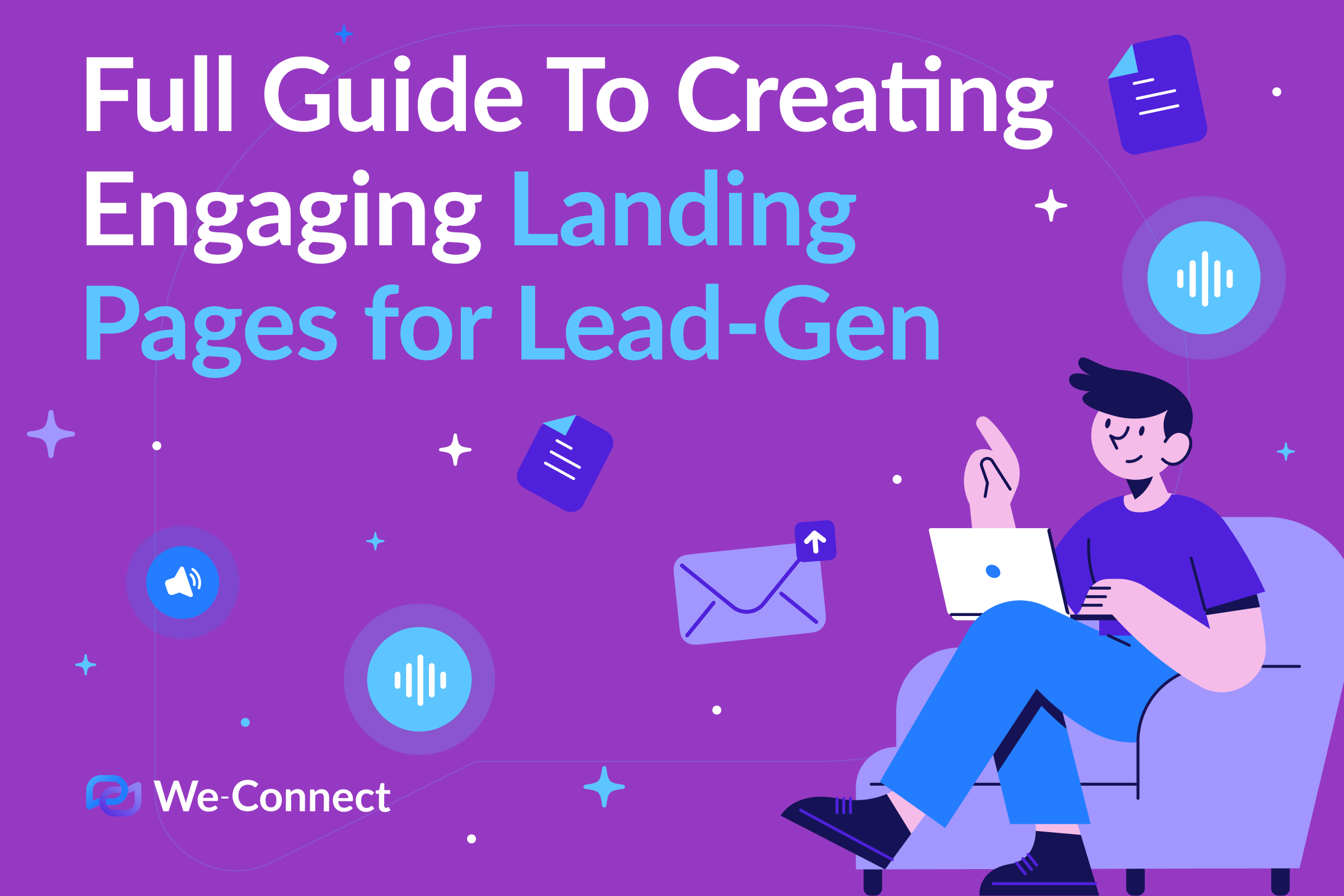So you’ve managed to get leads to click on your CTA button. But where do they go from there? Sure, they could go to the main page of your website, but if you’re running a specific campaign or deal, it’s better to have a landing page just for that. In fact, we think landing pages are a great way to capture visitors’ attention, engage them, and convert them into valuable leads.
In this guide, we’ll walk you through crafting landing pages that drive conversion. So, whether you’re new to landing page creation or want to enhance your existing pages, we’ll provide you with the knowledge and best practices to succeed.
Table of Contents
- What is a Landing Page?
- How to Create a Landing Page
- Step 1: Define Your Objectives and Target Audience
- Step 2: Select a Landing Page Builder or Content Management System (CMS)
- Step 3: Choose a Template or Design Layout
- Step 4: Craft Clear Headlines
- Step 5: Incorporate Engaging Visuals (Images, Videos, etc.)
- Step 6: Create Concise and Persuasive Copy
- Step 7: Design an Effective Call-to-Action (CTA)
- Step 8: Integrate a Form and Lead Capture
- Step 9: Utilize Social Proof and Testimonials
- Step 10: Ensure Mobile Responsiveness and User Experience
- Tips for Creating Compelling Landing Pages
- Continuously Optimize Your Landing Page
- Conclusion
What is a Landing Page?
Let’s start by covering the basics: what is a landing page, and why should you be using them? A landing page is a standalone web page designed with a specific objective, such as collecting lead information or promoting a product or service. Unlike typical website pages, landing pages are highly focused and provide a clear call-to-action (CTA) to prompt visitors to take a desired action. It’s like conversing with your potential customers and guiding them through a conversion funnel.
For example, imagine your company is hosting a networking event. To measure sign-ups, interest, and traffic, you can create a landing page dedicated to everything related to the event. When marketing the event, you can link this landing page in all of your CTAs.
Speaking of CTAs, we dedicated an entire article to how we write CTAs that are worthy of clicks.

How to Create a Landing Page
Now let’s dive into creating compelling landing pages that drive lead generation. Follow these stages to ensure your landing page achieves optimal results:
Step 1: Define Your Objectives and Target Audience
Before diving into design and content creation, clearly outlining your landing page’s purpose is essential. Determine the action you want visitors to take and identify your target audience. Understanding your objectives and audience will guide your decision-making throughout the creation process.
We’re not going to get into the “how to” here because we’ve already written about both of these topics in detail. Learn how to set clear objectives and pinpoint your target audience here.
Step 2: Select a Landing Page Builder or Content Management System (CMS)
There’s no way around it; you’ll need to use a tool when building a landing page. In this case, it’s a content management system (also called a CMS). Platforms like WordPress, Unbounce, and Leadpages offer user-friendly interfaces and pre-designed templates to streamline the design process.
Step 3: Choose a Template or Design Layout
Selecting an appropriate template or design layout is crucial for capturing visitors’ attention and maintaining a consistent brand image. Of course, if you have a more established team, you can also use your designers to create something that matches your website.
Either way, make sure your template or design has everything you need. We recommend including things such as: testimonials, plenty of CTAs, sections for bodies of text, and plenty of high-quality (and unique images).
Don’t forget, you can always segment your landing page to see what works best. Learn how it’s done here.
Step 4: Craft Clear Headlines
The headline is the first element visitors see. For that reason, it’s one of the most important parts of the entire landing page. In your headline, you’ll need to communicate the value proposition of your offering. Keep it concise, compelling, and aligned with the visitor’s intent. We recommend using attention-grabbing words. Here are some examples:
- Discover
- Proven
- Exclusive
- Unleash
- Revolutionary
- Ultimate
- Breakthrough
Step 5: Incorporate Engaging Visuals (Images, Videos, etc.)
Visuals play a crucial role in capturing attention and conveying information quickly. In fact, many prospects are more likely to stay on your landing page if it’s visually appealing. So, don’t overlook relevant, high-quality images or videos that complement your message. Additionally, don’t forget to create unique images. They’ll help boost the searchability of your page!
Step 6: Create Concise and Persuasive Copy
If you love to write, then this is the step you’ve been waiting for. You’ll want to create compelling copy that communicates the value of your offering concisely. Just like your headline, you want to keep things concise while highlighting the benefits of your event. Keep paragraphs short and use bullet points or subheadings to break up the text, making it easier to read and digest.
Step 7: Design an Effective Call-to-Action (CTA)
The CTA is the primary driver of conversions. Create a clear, attention-grabbing CTA that stands out visually and compels visitors to take action. Use action verbs, such as “Get Started,” “Sign Up Now,” or “Claim Your Free Trial,” to prompt immediate engagement.
As we mentioned, we wrote an entire guide on writing successful CTAs. We’ll link it again for you.
Step 8: Integrate a Form and Lead Capture
You’ll want to include a lead capture form to collect essential information from visitors. For maximum replies, we recommend keeping the form simple. Try and only request the necessary details. That way, more leads will be willing to fill it out. Most of the time, an email and name are enough for lead capture. You’ll want to keep a balance between gathering valuable data and maintaining a user-friendly experience.
Step 9: Utilize Social Proof and Testimonials
To build trust and credibility, incorporate social proof elements, such as customer testimonials, reviews, or case studies. Highlight positive experiences and results to reassure visitors of the value your offering provides.
Who wants to buy something without reviews? Not many people anymore. Learn how you can get more testimonials here.
Step 10: Ensure Mobile Responsiveness and User Experience
Believe it or not (although it is true), the SEO of your page depends on your page speed. For that reason, we recommend optimizing your landing page for mobile devices – ensuring a seamless user experience across different screen sizes.
You can test the page speed of your live website using Google’s tool!
Tips for Creating Compelling Landing Pages
Of course, we brought some tips along with us. To enhance the effectiveness of your landing pages, consider implementing the following best practices:
- Maintain Consistency with Your Branding: Ensure your landing page design, color scheme, and messaging align with your overall brand image. Consistency instills trust and familiarity, reinforcing your brand identity.
- Keep the Design Simple and Uncluttered: Avoid overwhelming visitors with a cluttered design. Use white space strategically to focus attention on key elements and create a clean and visually appealing layout
- Use a Strong and Clear CTA Button: Make sure your call-to-action button stands out using contrasting colors and a visually appealing design. Use persuasive copy that compels visitors to click and take the desired action.
- Optimize Loading Speed: A slow-loading landing page can lead to higher bounce rates. Optimize your page by minimizing image sizes, reducing server response times, and leveraging caching techniques.
- Conduct A/B Testing and Conversion Rate Optimization: Continuously test different elements, such as headlines, visuals, CTA placement, and form length, to optimize your landing page’s performance. Collect data and make data-driven decisions to improve conversion rates. Learn how to conduct A/B testing here.
- Implementing Trust and Security Elements: Display trust badges, security certifications, privacy policies, and other relevant security measures to instill confidence in visitors and address concerns about data protection.
- Ensure Mobile-Friendly Design: With most internet users accessing content via mobile devices, optimizing your landing page for mobile responsiveness is crucial. Test your landing page across different devices and screen sizes to ensure a seamless experience.
- Create Personalized Landing Pages: Segment your audience and create personalized landing pages tailored to specific demographics, interests, or previous interactions. Personalization enhances relevance and improves conversion rates.

Continuously Optimize Your Landing Page
Once your landing page is live, you’ll need to monitor it. While this is a pretty straightforward process, here are a few things we recommend for the best results:
- Track and Analyze Landing Page Metrics: Utilize analytics tools to track key metrics like conversion rates, bounce rates, and time on page. Analyze the data to identify areas for improvement and make data-driven decisions.
- Identify and Address Conversion Barriers: Identify any potential obstacles or friction points preventing visitors from converting. Streamline your form fields, optimize the loading speed, and ensure your messaging meets visitor expectations.
- Incorporate Social Sharing and Referrals: Encourage visitors to share your landing page on social media or refer others interested. Implement social sharing buttons and referral programs to expand your reach and attract new leads.
- Implement Exit-Intent Pop-ups or Offers: Capture the attention of visitors who are about to leave by implementing exit-intent pop-ups or offers. Provide an irresistible incentive or a last-minute deal to entice them to reconsider their decision.
- Use Retargeting Strategies: Implement retargeting campaigns to re-engage visitors who didn’t convert initially. Display targeted ads across various platforms to remind them of your offering and encourage them to return and convert.

Conclusion
Crafting compelling landing pages is essential for driving lead generation and maximizing conversions. While just about anyone can build a landing page using a plug-and-play tool, you can truly make impressive tools by building it yourself.
For more articles just like this one, check out the rest of our blog! Or, even better, sign up for our free trial and learn how you can double your prospecting with half the effort.
